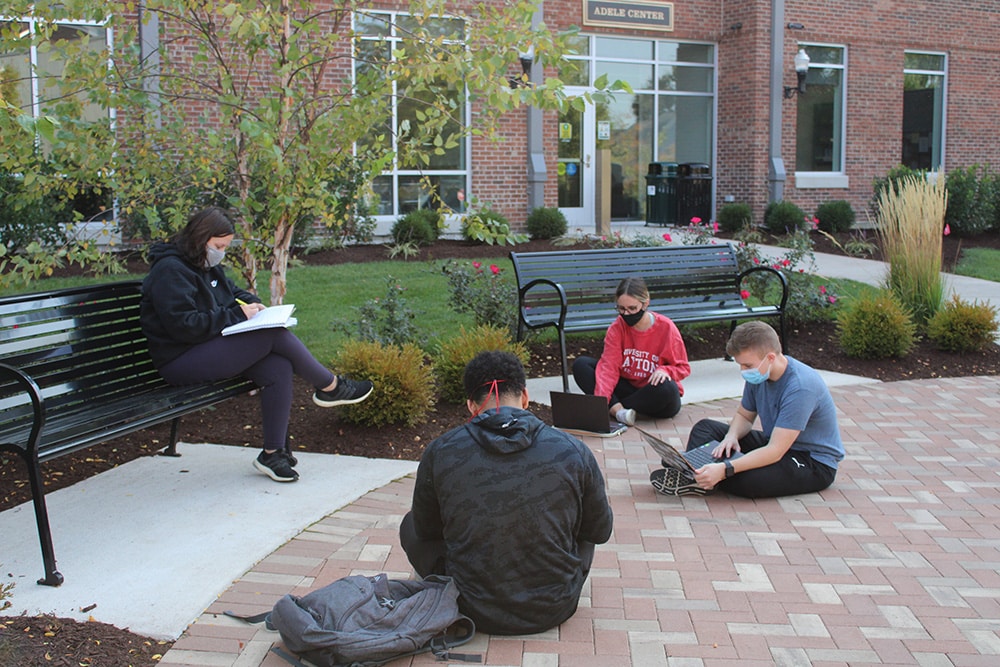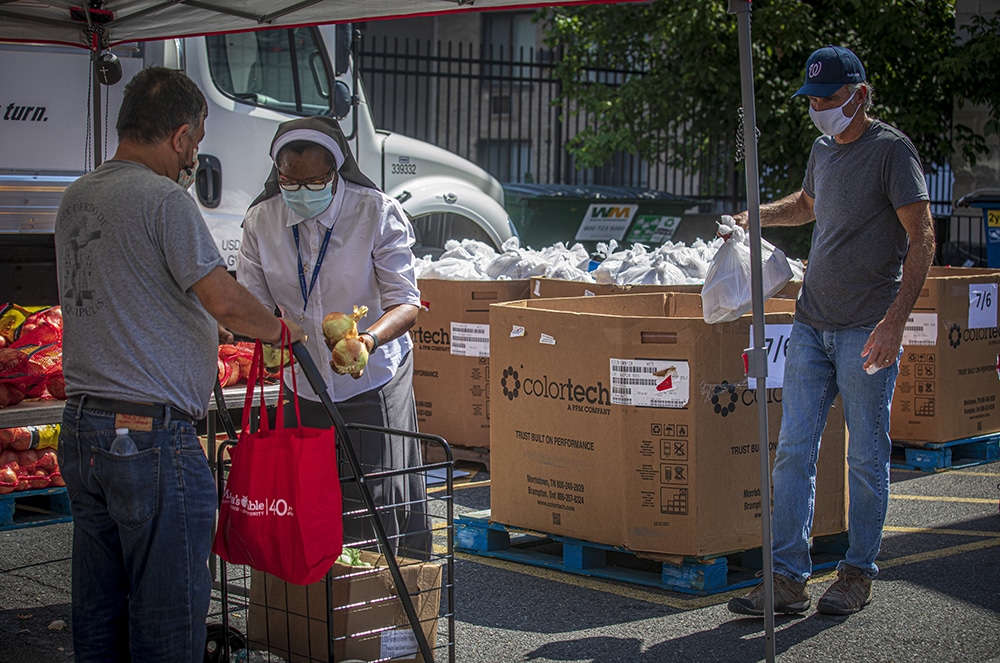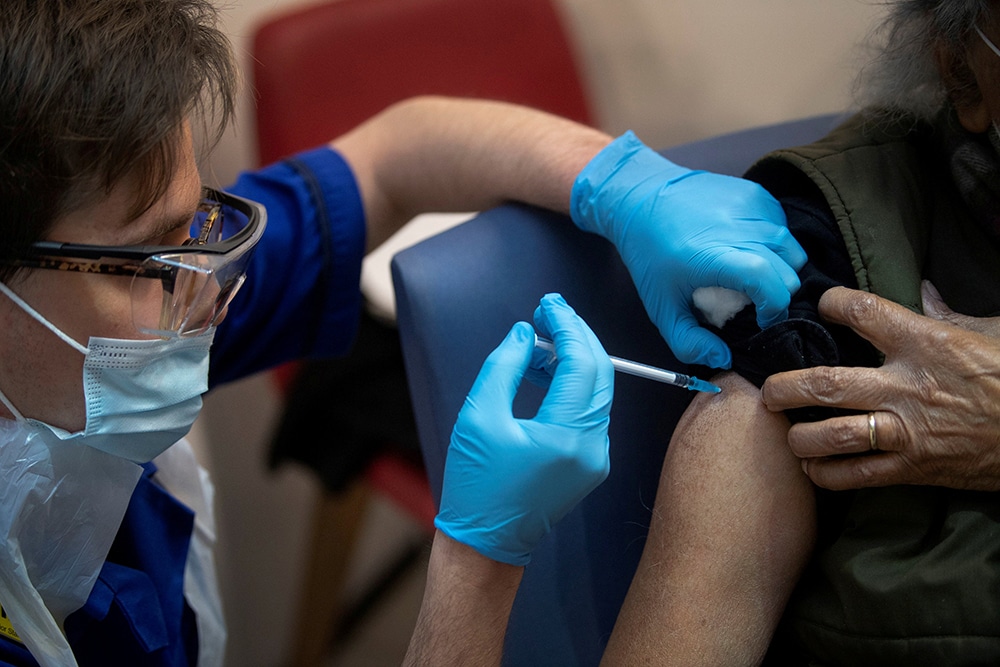SAN FRANCISCO (CNS) — Archbishop Salvatore J. Cordileone of San Francisco described as “blatant discrimination” a return by California to more severe COVID-19 restrictions that closed churches in two of the three counties that comprise the San Francisco Archdiocese.
On Nov. 29, the First Sunday of Advent, Catholic churches in San Francisco and San Mateo counties had to be closed as of noon.
The two counties are among the 41 counties deemed to be in a “purple tier” by California Gov. Gavin Newsom in response to an “alarming surge” in COVID-19 cases. These counties account for 94% of the state’s population.
Every county in California is assigned to a tier based on its positive test rate. The purple tier is the most restrictive. With a curfew in place — and set to last until Dec. 21 — all nonessential activity is limited between 10 p.m. and 5 a.m., including in-person dining.
In updates announced Nov. 28, San Francisco and San Mateo counties were added to the purple tier.
“After weeks of demonstrating we can celebrate the Mass safely, the state of California has put San Francisco and San Mateo counties into the purple tier, which bans indoor worship altogether,” Archbishop Cordileone said in a Nov. 28 statement.
“The order lumps religious worship with nonessential indoor activities such as gyms, movie theaters and museums,” he said. “At the same time, the health order allows for indoor retail at 25% capacity and permits massage parlors, hair and nail salons, and tattoo parlors to operate indoors.”
He added: “This is precisely the kind of blatant discrimination to which the Supreme Court gave injunctive relief in New York. The government is demoting worship to the same status as watching a movie: ‘nonessential.’ But worship is both a natural and a constitutional right. My people want to receive the body and blood of Christ; they need it, and have every right to be free to do so.”
Archbishop Cordileone was referring to the 5-4 ruling handed down by the U.S. Supreme Court just before midnight Nov. 25 that lifted pandemic restrictions on congregation sizes at houses of worship imposed by New York Gov. Andrew Cuomo.
The Diocese of Brooklyn, New York, and two Orthodox Jewish synagogues in separate filings appealed to the nation’s high court, claiming the governor’s executive order violated their free exercise of religion and was particularly unwarranted during a time when area businesses were open.
“Catholics in San Francisco are absolutely committed to public safety in conducting worship services. Our protocols require masks, social distancing, sanitation and ventilation,” Archbishop Cordileone said. “But the government still chooses to treat worship as less important than shopping for shoes.”
He added: “While the safety protocols of the archdiocese have served us well and we know of no cases of transmission of the virus as a result of in-person worship inside of our churches, I am also deeply sympathetic to public health concerns about a surge in COVID hospitalizations.”
In late September the archbishop and the archdiocese scored somewhat of a victory when the city of San Francisco said it would allow attendance for indoor worship to be 25% of the capacity of a house of worship, or up to 100 people, which followed the limit then set by the state of California.
The archbishop called the move something to celebrate but that the fight for more access for indoor worship was not over. And now two months later the restrictions on indoor worship are even harsher.
Archbishop Cordileone said in his Nov. 28 statement: “In order to discern what our faith and responsible citizenship call us to do at this time, then, I will confer with my brother bishops, review our safety protocols with infectious disease specialists, and consult with the lawyers on the legal options we have available.”
In the meantime the website https://freethemass.com continues to collect signatures on a petition calling on government officials to stop “unfair restrictions” on Catholic churches.
Catholics also have been encouraged to get involved in events calling for a stop to such restrictions, like a “Free the Mass” demonstration held Sept. 20. More than 1,000 people participated in the event, organized by three parishes.
Eucharistic processions started at different points, ending up next to City Hall. This was followed by several Masses celebrated simultaneously outside the Cathedral of St. Mary of the Assumption.







